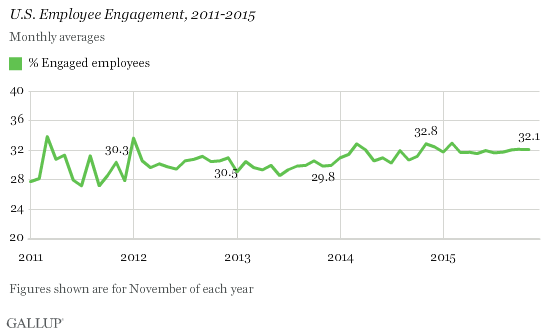 Why? Simply because it's likely not helping your business. It might even be hurting you. Now, if I'm wrong and your survey and the process does build trust within the company, result in meaningful actions being identified and performed, and you see employee relations improve, congratulations. Don't bother reading further. Over and over again I see examples of companies doing engagement surveys that amount to (at best) a wee bit of meaningful discussion at the senior leader level, and the box being checked for having done this. All too often I see businesses do harm with these because they don't report back the data to employees, the senior leaders fail to take ownership of the results, and an action plan that is meaningful and realistic (and one with 25 actions is not realistic) does no emerge. After a couple of rounds of this, employees grow to resent the charade and the relationship between leadership and employees takes a hit. No wonder engagement hasn't increased meaningfully even after so much time and money going into surveys! Here are the common failings that I see with employee engagement surveys and the process overall:
The biggest issue I see with employee engagement is the misconception that the business can really change one's internal engagement. One's engagement level has influences far beyond the scope of the business. A business can make someone disengaged (especially with environments where there is intense unfairness or negative communication patterns like bullying and harassment), but a business cannot make someone be engaged. Companies can control employee experience, but not employee engagement. Are employees having overall positive or negative experiences? What aspects of the employee experience are especially positive or negative? Employee experience data, rather than engagement data, leads to thinking about people more than numbers. In turn, this drives meaningful action by the company to develop the experience - and likely the engagement - of employees. So, are you ready to try a new, more people-centered approach? Here are action steps:
You know the definition of insanity, right? Doing the same thing over and over and expecting different results. Are you ready for a new approach?
0 Comments
Leave a Reply. |
Categories
All
Archives
January 2017
Want more? |
Services |
|


 RSS Feed
RSS Feed